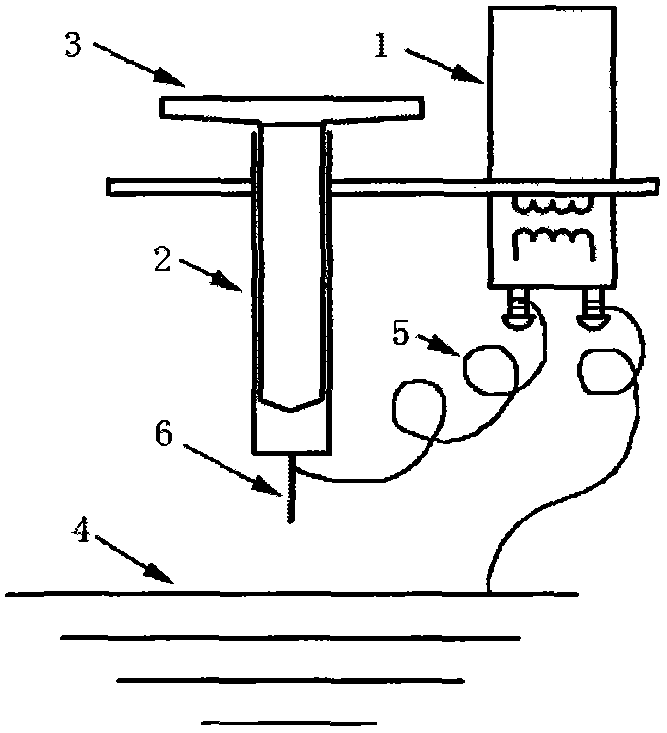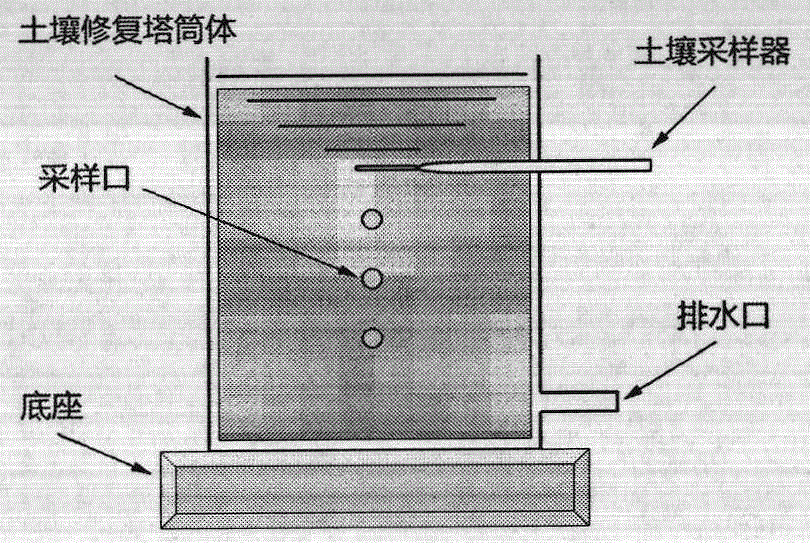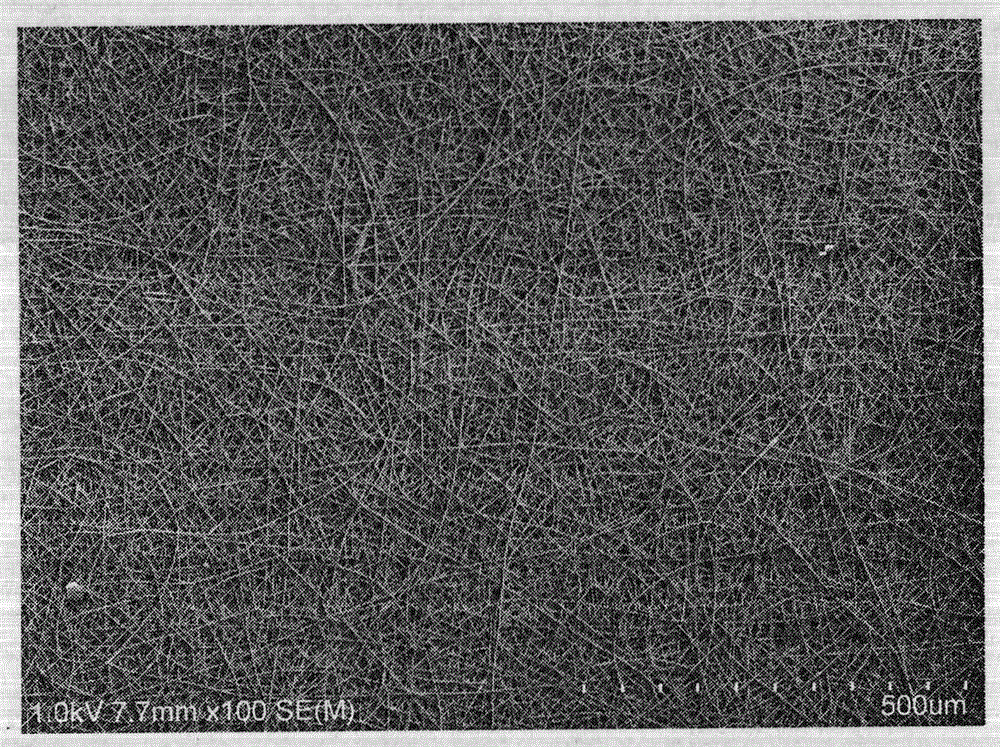A Method for Remediating Polycyclic Aromatic Hydrocarbon Contaminated Soil Using Photocatalytic Electrospun Fiber Membrane
A technology for electrospinning fibers and polluted soil, applied in the field of soil remediation, can solve the problems of disputes in implementation methods, waste, diffusion, and insufficient explanation of the mechanism of migration and catalytic conversion, and achieve the effect of protecting soil structure and fertility system.
- Summary
- Abstract
- Description
- Claims
- Application Information
AI Technical Summary
Problems solved by technology
Method used
Image
Examples
Embodiment Construction
[0024] Weigh 2.4 grams of bismuth nitrate and dissolve it in 17 grams of hydrochloric acid with a mass concentration of 10%, and stir vigorously until it is completely dissolved; weigh 6.2 grams of tetrabutyl titanate and dissolve it in 4.2 grams of absolute ethanol, and slowly stir until it dissolves. The above-mentioned tetrabutyl titanate ethanol solution is slowly poured into the bismuth nitrate hydrochloric acid solution, and stirred slowly to prevent the hydrolysis and precipitation of tetrabutyl titanate. Control a constant temperature of 50°C, slowly stir and keep warm for 5 hours, and the viscosity of the solution increases continuously. After the sol-gel forms a spinning solution with a viscosity of about 7000 centipoise, pour the spinning solution into the spinneret. The soil to be repaired is sieved into particles of 30-50 mesh size, filled into the cylinder body of the soil repair tower, and placed under the electrospinning spinneret. Connect the spinneret to the...
PUM
 Login to View More
Login to View More Abstract
Description
Claims
Application Information
 Login to View More
Login to View More - R&D
- Intellectual Property
- Life Sciences
- Materials
- Tech Scout
- Unparalleled Data Quality
- Higher Quality Content
- 60% Fewer Hallucinations
Browse by: Latest US Patents, China's latest patents, Technical Efficacy Thesaurus, Application Domain, Technology Topic, Popular Technical Reports.
© 2025 PatSnap. All rights reserved.Legal|Privacy policy|Modern Slavery Act Transparency Statement|Sitemap|About US| Contact US: help@patsnap.com



